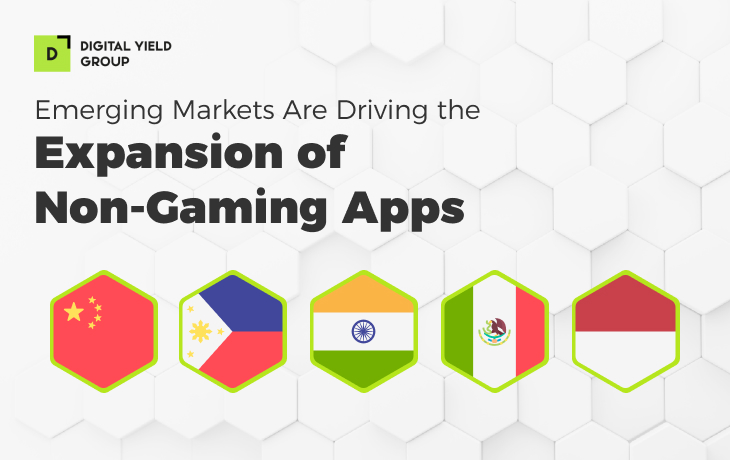
For years, travel app developers braced themselves for the seasonal rollercoaster. Peaks in the summer, slumps in winter—like clockwork. But in 2024, that rhythm has evolved. With billions of downloads, massive revenue spikes, and shifting user behaviors, app seasonality still matters, but not like it used to.
The savvy developers aren’t just riding the waves. They’re using data, tech, and insight to surf ahead of them. With the right mix of predictive analytics, user-centered design, and cultural fluency, travel apps can turn the off-season into the always-on season.
So, let’s dig into what’s changed in the travel app market, what’s driving it, and how you can use it to your advantage.
App Seasonality Impact Comparison: Early 2020s vs. 2024–2025
Back before the early 2020s, seasonality was unavoidable. Travel app usage followed predictable patterns: downloads and revenue soared in July and sank in February. That kind of fluctuation made revenue projections shaky, ad budgets tough to time, and user acquisition efforts hit-or-miss.
But something remarkable happened. After the pandemic, travel apps broke the cycle. Not by eliminating seasonality, but by growing around it. According to Sensor Tower, downloads in 2024 hit 2.15 billion from January to September alone, a 4.4% bump from 2023, and were projected to surpass 2.8 billion by year’s end. Revenue followed suit, growing 19.5% year-over-year.
The regional breakdown paints a clearer picture of this transformation. India led the charge with 15% of downloads in 2024, followed by the U.S. at 14% and China’s iOS market at 10%. Revenue-wise, Europe commanded 40% of the market, and the U.S. wasn’t far behind at 38%. The travel app market isn’t just growing. It’s growing smarter, wider, and more dynamic.
User Behavior and Current Trends
Now let’s talk about what’s fueling that growth—and it’s not just pent-up post-pandemic demand. It’s the users themselves. In 2023, 63% of global travel bookings were made via mobile apps, generating a staggering $623 billion in revenue. Accommodations alone accounted for 72% of that spend. At the forefront of this mobile momentum are Expedia, Booking.com, and Airbnb, each capturing close to 20% of the market.
This growth isn’t simply about ease of booking—it’s about how and why people are traveling. Solo travel is booming, especially among Millennials and Gen Z. In 2024, 69% of travelers are expected to go alone, with 76% of younger travelers planning at least one solo trip. Their top motivators? Self-care, freedom, and the flexibility to explore on their own terms.
And it doesn’t stop there. According to American Express Travel, 74% of global respondents plan to take 1–3 domestic trips in 2025, and 59% plan the same for international travel. More than half of those trips are centered around live experiences — concerts, festivals, and sporting events — confirming that travel for experiences, not just destinations, is what drives modern booking behavior.
This brings us to one of the most exciting shifts: the rise of spontaneous travel. In 2024, 78% of travelers said they find last-minute trips appealing, and 68% prefer leaving parts of their itinerary unplanned to better experience local culture. This isn’t just a change in timing — it’s a full-on mindset shift. Travelers want flexibility. They want inspiration. And they want apps that can keep up.
Suddenly, “off-season” doesn’t mean empty calendars. It means opportunities—micro-seasons driven by trends, events, and lifestyle choices. And travel apps that tap into these shifting patterns stand to win big.
Tips for Leveraging App Seasonality
So how do you, as a developer, harness this new kind of app seasonality? Here’s how to build campaigns that thrive before, during, and after peak travel moments:
Predictive Analytics
AI integration enables apps to tailor recommendations based on past behavior. For instance, if your data shows a consistent post-holiday lull in January, you can prepare by shifting budget to promote weekend getaways or romantic Valentine’s escapes. Predictive tools help developers adjust spending based on upcoming shoulder seasons, target users when they’re most likely to convert, and build smarter retargeting flows, as well as create automated, personalized nudges. Platforms that harness this kind of foresight have a measurable edge when it comes to filling gaps between peak travel moments.
Flexible Campaigns
Forget static seasonal promotions. Create dynamic campaigns that respond to real-time traveler sentiment. Think “Rainy Day Retreats”, during unexpected downpours in Bangkok, or “Heatwave Escapes”, featuring alpine destinations during a scorching U.S. summer. Booking.com ran a highly successful “Work from Anywhere” promo that blended travel and productivity during shoulder seasons — perfect for digital nomads avoiding peak prices. Pair deals with limited-time offers or local event calendars to drive FOMO and fill rooms even in the off-months.
Localized Marketing
Travel looks different in every region, and your campaigns should too. Instead of one global summer sale, segment by interest and geography. In India, July might be monsoon magic; in the U.S., it’s all about national park road trips. Apps that highlight cherry blossom festivals in Japan or winter markets in Germany during their specific windows might see significantly higher click-through rates than those who don’t pay attention to the local conversations. Similarly, eco-friendly filters, carbon footprint tracking, and green rewards are becoming must-haves for a growing segment of users. By using push notifications with the right local lingo, cultural events, and weather cues, you can improve the engagement. Personalization at the regional level builds trust and makes your brand feel like a local guide, not a generic platform.
App seasonality isn’t dead. It’s evolved. And it’s no longer a constraint; it’s a compass. With more sophisticated tools, richer data, and sharper user insight, today’s travel apps can ride seasonal waves year-round. Whether it’s a last-minute solo escape or a planned sports-fueled adventure, users are ready.
At DYG, we help app developers leverage this new behavior. Our platform is built to anticipate the shifts, amplify what’s working, and keep your app growing—no matter what month it is.

